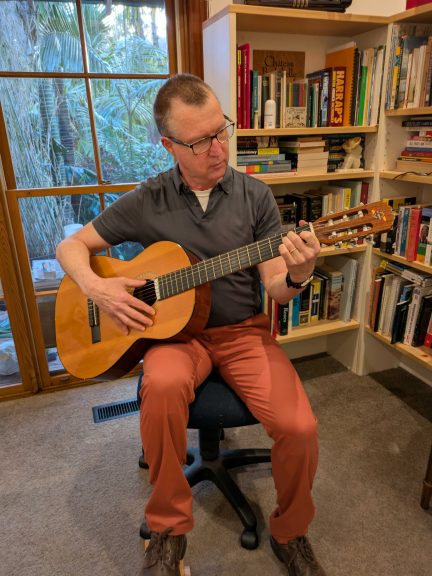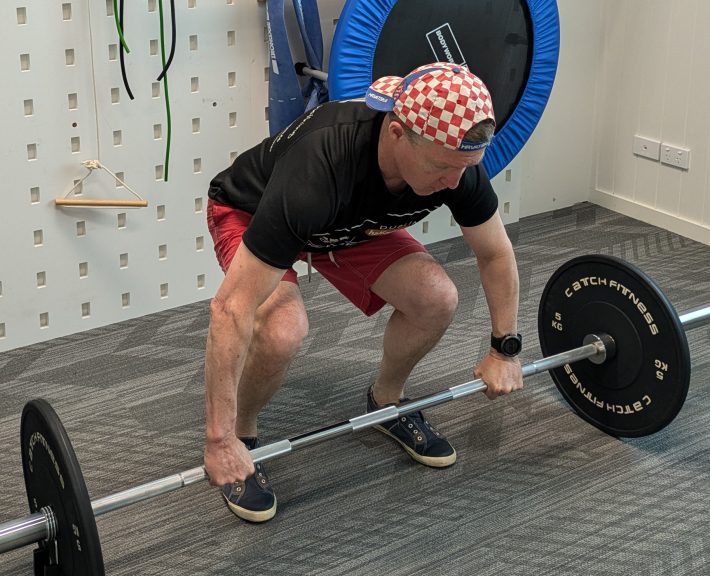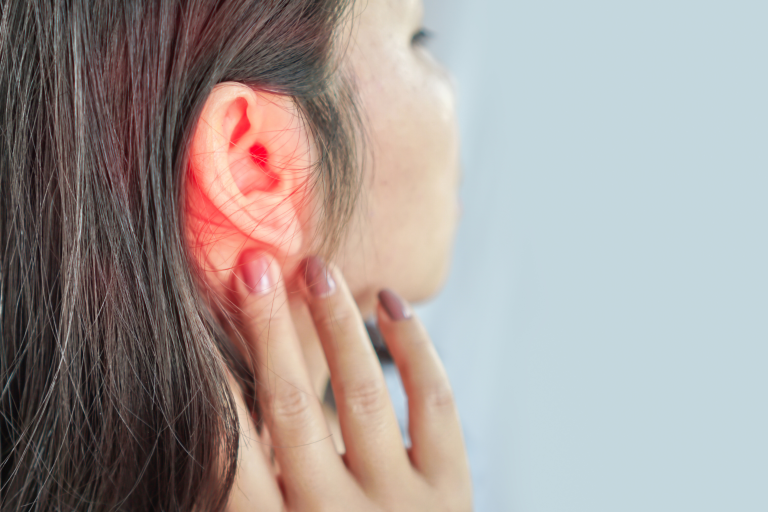The hinge joint between the jaw and head is unique, allowing the hinge opening action to be combined with sliding in any direction. This is because the Temporomandibular Joint (TMJ) has a tiny disc inside the hinge. The jaw rotates on the disc (hinge action) and the disc slides the jaw forward or sideward (glide action). Try chewing something to understand this. It is a fascinating part of the body. Here is a picture.
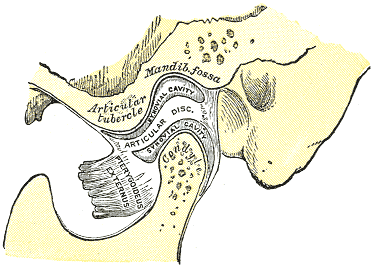
This part of your body is important for eating, breathing, talking and social expression. Problems occur with limited opening, painful clicking on opening or difficulty to chew food. Have you or are you suffering from pain and stiffness in your face, jaw, temple or in front of your ear in the last month? Or your hearing feels odd or echo-like? You probably have a problem with this area of your face. We call these Temporomandibular Disorders (TMD).
TMDs are very common, with estimates of anywhere from 40-75% of the population suffering at some time, of which only about 10% of sufferers seek help. About 40% will resolve over time. The remainder need help.

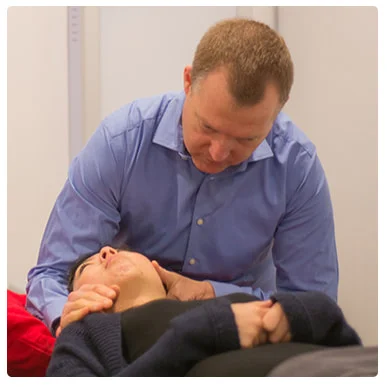
- Flores. 2017. Cranio: 79-85
- Malfosky. 1991. Cranio: 316-321
- Rocabado. 1983. Cranio: 61-66
- Honda. 1999. Lang Speech 42: 401-411
- Grondin F. 2015. Cranio: 91–99
- Greenbaum. 2017 Msk Sci Pract: 7-13
- La touch 2009. J Oral Rehab: 36:644-652
- Calixtre 2016, J Oral Rehabil 42: 847-861
- Martins 2016 Man Ther 21: 10-17
- Grondin 2017 Phys Th Theory Prac 33 52-61










